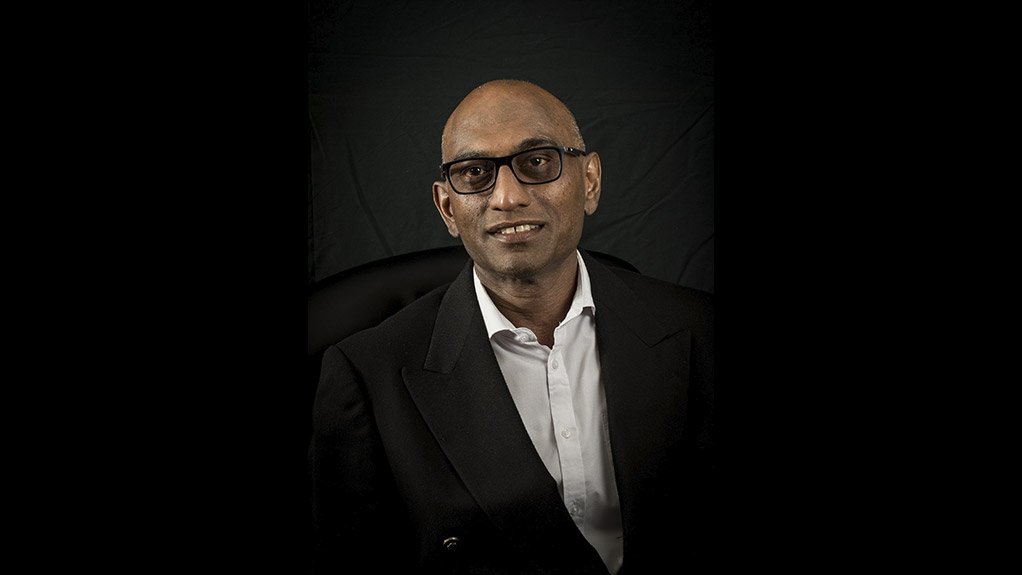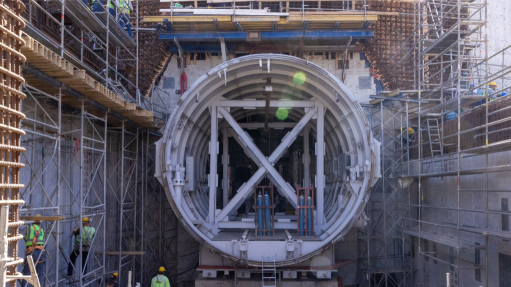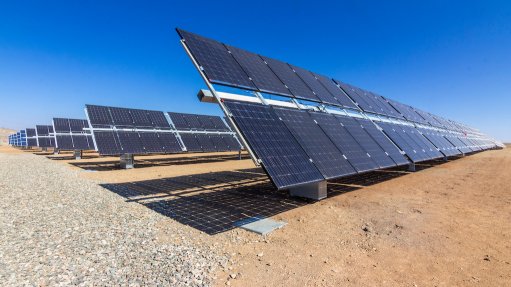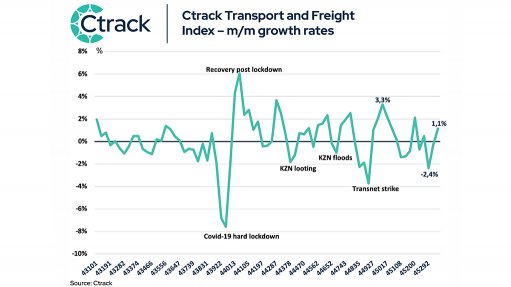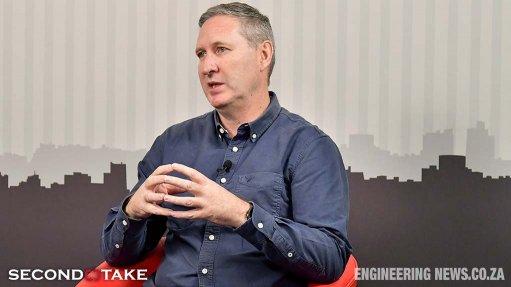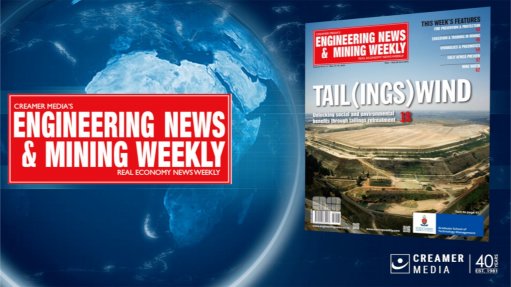Powering Up Mzansi: Embracing the Renewable Energy Revolution
This article has been supplied by the author and has not been written or solicited by Creamer Media. It may be available only for a limited time on this website.
By Krishna Pillay, Director at Cresco Advisory
As the cost of South Africa’s unreliable power supply continues to increase at rates much higher than inflation, it has created a drive for transitioning to more reliable, lower cost/predictable renewable energy. This in turn will force the country to move away from a legacy of coal-based power generation towards environmentally-friendly, zero-carbon alternatives. However, given South Africa’s vast renewable energy resource, the question remains: why is the uptake in renewable energy and renewable energy penetration levels lagging behind global achievements?
South Africa’s energy obstacles
South Africa is impacted by leaderless change in the energy sector, driven by business needs that receive almost no support from government. The big gap between supply and demand is heading towards an uncertain and sometimes unstable equilibrium limited only by an inflexible policy regime. It has been 15 years since the first instances of load shedding in 2008, yet the situation is worsening.
As a country, we are seeing the electricity supply shortage due to insufficient available capacity brought about by various inadequacies of the past decade, now manifesting in load shedding. This is largely as a result of a lack of investment in new generation capacity and transmission capacity, and a lack of life cycle planning around long-term maintenance interventions in electricity generation and supply infrastructure. There is also the issue of poor generation operating performance. Eskom, with an installed base load capacity of 45 947MW cannot meet summer demand which averages at about 30 000MW.
Overcoming challenges to enable a transition to renewable energy
Big business and energy intensive users are increasingly recognising that if they do not address the supply side, there is a real possibility that it could be detrimental to their very existence. Major energy consumers in the region need to get on board with developing and implementing long term energy strategies that ensure sustainable, reliable, cost-effective solutions to energy supply. In fact, most recent renewable energy projects are already coming in at tariffs lower than current Eskom tariffs, even at a relatively small scale. This is driving organisations to therefore make investments for competitive advantage.
A stumbling block, however, is that an investment in renewable energy projects is often disproportionately high for the vast majority of organisations. Characterised by relatively low returns on investment and long payback periods, the risk of assets becoming stranded is real for many commercial and industrial organisations, particularly for mining companies. A long term mitigant for this risk therefore lies in the ability to freely trade this energy if internal demand drops.
A robust policy and legislative framework are precursors to business confidence for long term investments, such as investing in power projects. Some of the generation risks that we see currently include: market policy and rules; IPP generators licensing and permitting, as well as grid access; merchant plant participation in the market; and embedded generation, roof top commercial and residential generation access to the market.
Furthermore, the lack of resource to connect new generation capacity in high renewable energy resource locations remains the number one risk for new capacity, alongside wheeling rules that levels the playing field and ensures the right of ownership of the energy pumped into the grid.
The minister has a point when he says that existing generating units need to be fixed, which requires proper planning, commensurate budget, skills and time. However, this is not entirely necessary. The best way forward will be to identify the units that have the best chance of being brought back to reliable service with the least effort, time and cost - much like the 80:20 principle. This may help Eskom overcome stage 6 load shedding by reducing the forecasted unplanned outages by half.
While the transmission grid is very reliable, the transmission problem is under capacity, particularly in high renewable energy resource parts of the country. There are many reasons for this, but most notably, inadequate investment in grid capacity projects. This has resulted in wind projects in the Eastern Cape and Western Cape, and solar projects in Western Cape and Northern Cape not being given preferred bidder status in the last Renewable Energy Independent Power Producer Procurement Programme (REIPPPP) round due to not having secured grid connections.
The solutions are readily available
Policy and regulatory changes already mooted by government need to be implemented with haste to bring about structural changes to the electricity supply industry. Policy initiatives supported by legislation must be designed to attract new private investment, however, this will depend on what structural changes leaders are willing to make to foster true unfettered access to the grid. This in turn will help build investor confidence from both the private and public sectors, resulting in an efficient, adequately recapitalised transmission business.
Government needs to enable free and unfettered access to the grid. This will involve separation of the transmission wires business from the system operator, with Eskom focusing on the wires business as a national asset, and the system operator set up as an independent business - either fully privatised or as a public private partnership. Measures have to be put in place to build confidence and attract investment in the transmission wires business, while implementing a transparent cost reflective transmission tariff to encourage investment and user confidence.
Another solution is to facilitate commercial and industrial embedded generation projects as well as bespoke off site projects with wheeling to consumer sites. Furthermore, accelerating the introduction of a multi-market which, when mature, will facilitate investment in merchant renewable energy plants that will not rely on long term bilateral Power Purchase Agreements.
In conclusion, South Africa needs to speed up grid strengthening in the high renewable energy resource regions. Unless the changes are not dealt with speedily, we will continue to see stage 4 and higher load shedding on a daily basis, and renewable energy penetration will be limited by the progress made on grid strengthening. In reality, the ultimate goal is to get to a point where energy intensive commercial and industrial consumers can enter into bi-lateral contracts with energy traders for base load renewable energy participating in a liberalised energy market.
Comments
Announcements
What's On
Subscribe to improve your user experience...
Option 1 (equivalent of R125 a month):
Receive a weekly copy of Creamer Media's Engineering News & Mining Weekly magazine
(print copy for those in South Africa and e-magazine for those outside of South Africa)
Receive daily email newsletters
Access to full search results
Access archive of magazine back copies
Access to Projects in Progress
Access to ONE Research Report of your choice in PDF format
Option 2 (equivalent of R375 a month):
All benefits from Option 1
PLUS
Access to Creamer Media's Research Channel Africa for ALL Research Reports, in PDF format, on various industrial and mining sectors
including Electricity; Water; Energy Transition; Hydrogen; Roads, Rail and Ports; Coal; Gold; Platinum; Battery Metals; etc.
Already a subscriber?
Forgotten your password?
Receive weekly copy of Creamer Media's Engineering News & Mining Weekly magazine (print copy for those in South Africa and e-magazine for those outside of South Africa)
➕
Recieve daily email newsletters
➕
Access to full search results
➕
Access archive of magazine back copies
➕
Access to Projects in Progress
➕
Access to ONE Research Report of your choice in PDF format
RESEARCH CHANNEL AFRICA
R4500 (equivalent of R375 a month)
SUBSCRIBEAll benefits from Option 1
➕
Access to Creamer Media's Research Channel Africa for ALL Research Reports on various industrial and mining sectors, in PDF format, including on:
Electricity
➕
Water
➕
Energy Transition
➕
Hydrogen
➕
Roads, Rail and Ports
➕
Coal
➕
Gold
➕
Platinum
➕
Battery Metals
➕
etc.
Receive all benefits from Option 1 or Option 2 delivered to numerous people at your company
➕
Multiple User names and Passwords for simultaneous log-ins
➕
Intranet integration access to all in your organisation



